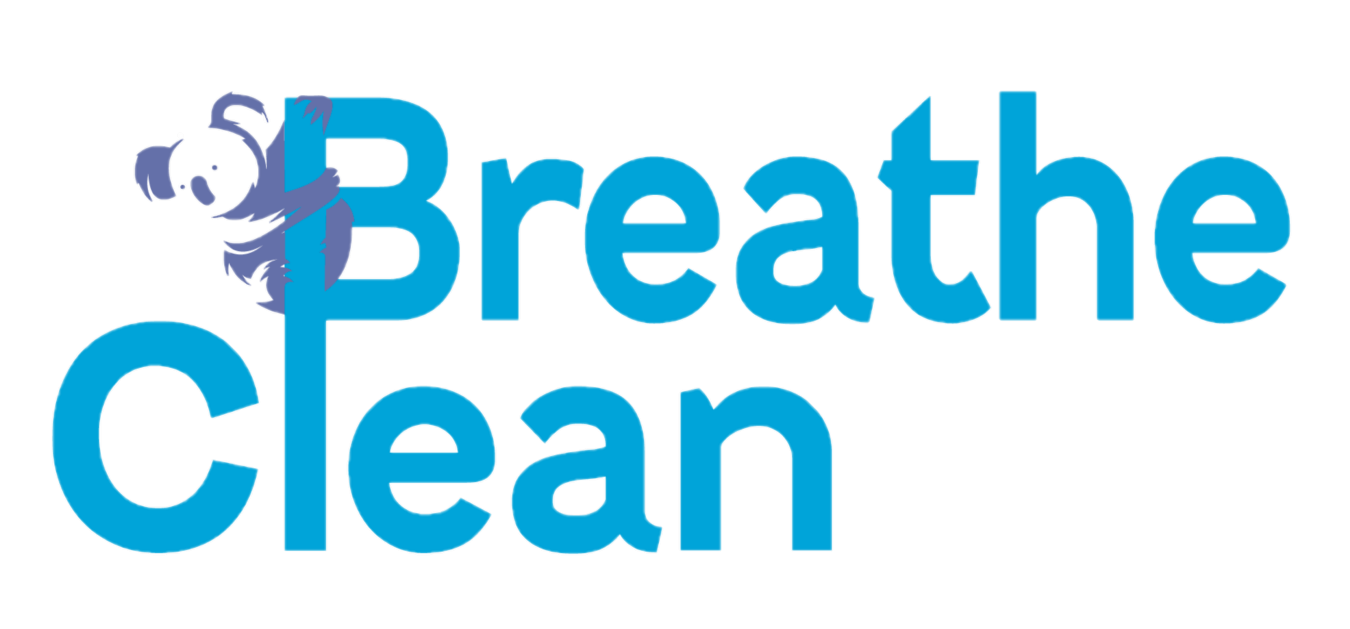
Weather in Delaware has brought not only rising temperatures but also haze drifting down from across the border. This week, air quality in the First State has been notably affected by smoke from wildfires burning throughout Canada.
Wildfire Smoke Sparks Air Quality Alerts
On Monday, August 4, Delaware had a designation signaling air quality levels that can be harmful to sensitive groups. Smoke combined with heat and stagnant winds led to elevated ozone levels in northern Delaware (WGMD, Delaware Public Media).
By Tuesday, the outlook improved slightly: DNREC forecast a Yellow (Moderate) air quality day, with lower ozone levels and less PM2.5 particulate matter expected. A mix of clouds and a chance of scattered showers were anticipated to help disperse the haze (Delaware Public Media).
Persistent Smoke from Canadian Wildfires
Broader media reports confirm that wildfire smoke has degraded air quality across much of the Northeast and Midwest this week. As of August 5–6, air quality alerts affected millions of Americans in states such as Wisconsin, New York, Pennsylvania, and New Jersey, extending to Delaware (The Guardian, Axios, AOL). A stagnant high-pressure system over the Midwest is trapping polluted air, including smoke, prolonging unhealthy conditions (The Guardian, Axios).
How Bad Is It? Real-Time Measurements
According to AccuWeather, as of August 7, Wilmington’s AQI stood at 60, categorized as “Poor” and unhealthy for sensitive groups—with symptoms like throat irritation and breathing difficulty possible for those affected (AccuWeather).
On IQAir, real-time AQI data across Delaware cities ranked Brookside as the most polluted (AQI ~91), with Wilmington showing moderate levels around 65 (IQAir).
Meanwhile, AQI.IN painted a generally moderate picture: our overall AQI was around 51 at 10:24 PM on August 6 (AQI).
What It Means for You
If you’re in Delaware this week:
- Sensitive individuals should limit outdoor exertion, especially on high-ozone days like Monday.
- Watch for updates from DNREC or local outlets—the air is expected to gradually improve with changing weather patterns.
- Utilizing indoor air filters and staying hydrated can also help mitigate smoke exposure.
This week’s air quality challenges in Delaware highlight how far—from Canadian wildfires, swirling under stagnant skies—airborne threats can travel. As meteorologists forecast some relief mid-week with clouds and showers, residents should stay informed, take sensible precautions, and keep an eye on pertinent alerts. Check previous blogs for tips on how to keep your indoor air quality clean and safe at this time of turbulent outdoor air quality!
